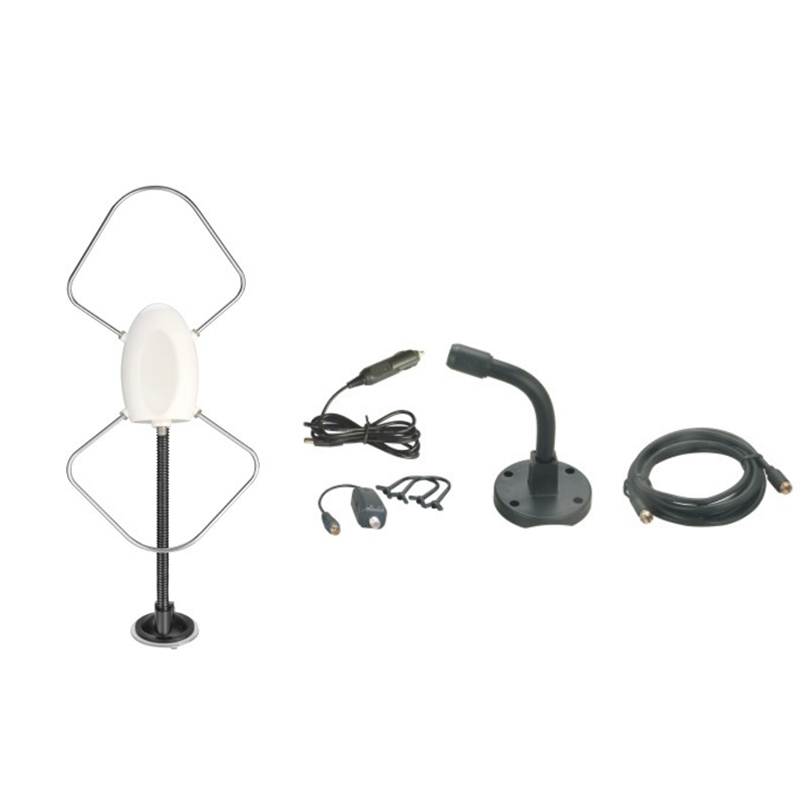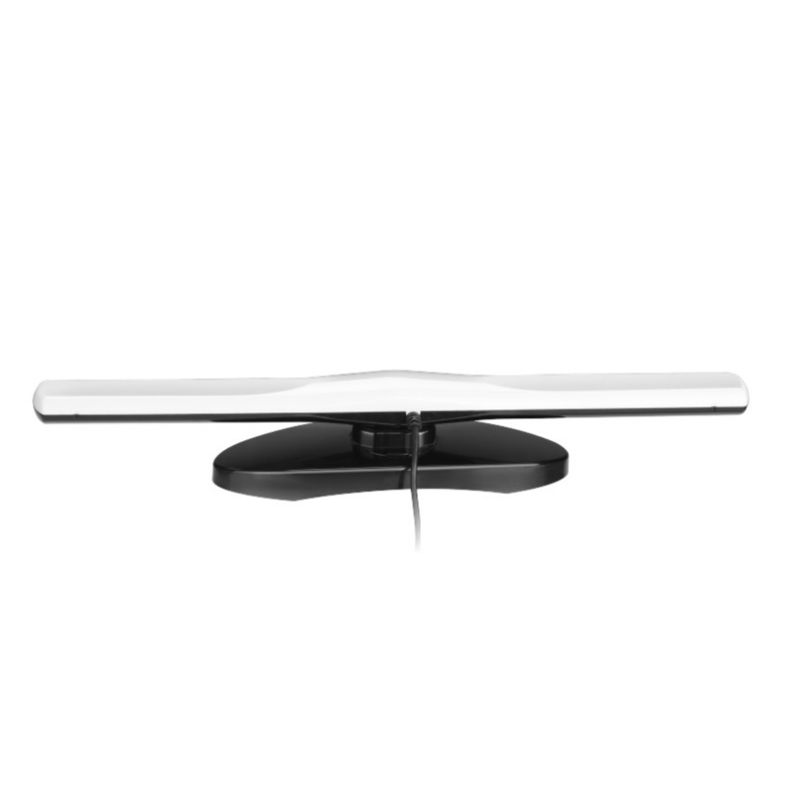Frequency range: 26.5- 28MHz SWR: ≤1.2:1 Max. power: 35W continuous 250W Short time Bandwidth at S.W.R. 2:1: 1900KHz Impedance: 50ohm Whip length: 1200mm Adjustment: 0~90° Cable Length: RG58/157" Po...
See DetailsHow does the polarization method of CB Antenna affect the communication effect?
In the field of communication technology, the polarization method of CB Antenna is a key factor and has a significant impact on communication effects in many aspects.
The polarization method determines the directional characteristics of the antenna's signal reception and transmission. Common polarization methods include vertical polarization and horizontal polarization. The vertically polarized CB Antenna is more sensitive to signals in the vertical direction and is suitable for urban environments where there are many vertical obstacles, such as high-rise buildings, between the transmitting source and the receiving end. The vertically polarized antenna can be more sensitive to signals in the vertical direction. Receive and transmit signals well. Because vertically polarized waves are relatively less reflected and diffracted when encountering vertical obstacles, signals can propagate around obstacles more efficiently. For example, in vehicle communication systems in cities, vertically polarized CB Antenna can maintain a relatively stable communication connection in streets lined with high-rise buildings.
The horizontally polarized CB Antenna shows advantages in the horizontal direction. In scenes such as open plains and sea surfaces, signal propagation mainly occurs in the horizontal direction, and horizontally polarized antennas can better match this propagation environment. It can reduce multipath interference caused by ground reflections. The multipath effect causes signals to reach the receiving end through different paths during propagation, causing problems such as signal superposition and fading. The signal stability of horizontally polarized antennas in the horizontal direction helps reduce the impact of multipath effects and improve the quality and reliability of communications. For example, in communications between ships at sea, horizontally polarized CB Antenna enables longer-distance, clearer communications over a wide ocean surface.
The compatibility between CB Antennas with different polarization methods will also affect the communication effect. When the polarization patterns of the transmitting and receiving antennas do not match, signal loss will result. For example, if the transmitting antenna is vertically polarized and the receiving antenna is horizontally polarized, the signal strength received by the receiving end will be greatly reduced, and normal communication may not even be possible. In actual communication networks, especially in complex communication environments with multiple devices and multiple scenarios, the matching of antenna polarization methods needs to be considered to ensure smooth communication.
The polarization method is also related to the anti-interference ability of communication. In an environment where there are external interference signals, a suitable polarization method can improve the selectivity of the antenna to the target signal. For example, in an area where co-channel interference exists, a vertically polarized antenna may be more sensitive to vertically polarized interference signals, while a horizontally polarized antenna may be more sensitive to horizontally polarized interference signals. By selecting a CB Antenna with a different polarization mode from that of the interfering signal, the resistance of the communication system to interference can be improved to a certain extent and the effectiveness of communication can be guaranteed.
Our company focuses on the R&D, production and sales of CB Antenna. We conduct in-depth research on the impact of polarization methods on communication effects, and can provide customers with CB Antenna products with appropriate polarization methods based on different communication scenarios and needs.

 English
English Español
Español













Contact Us